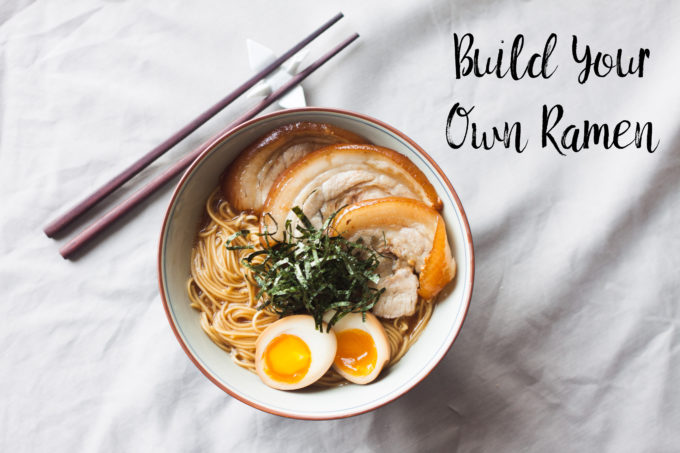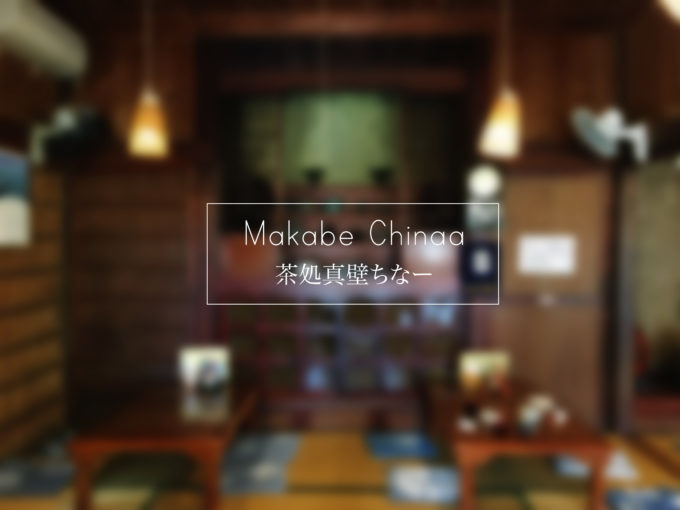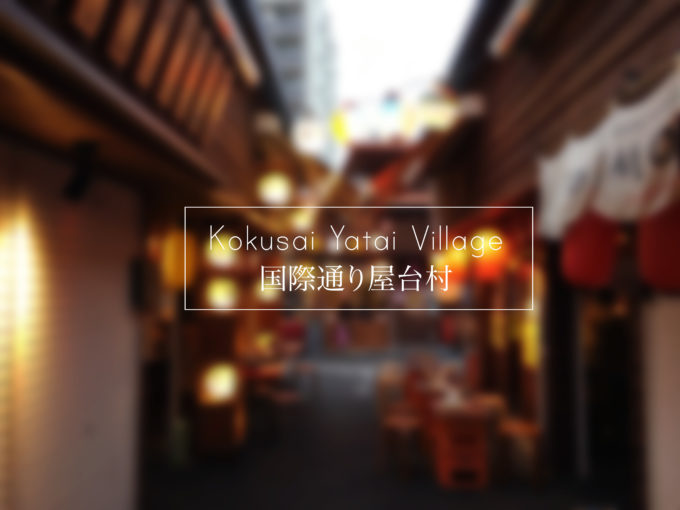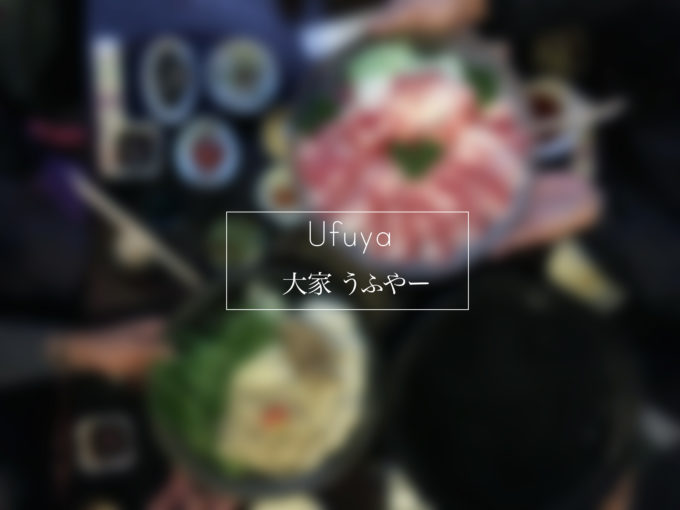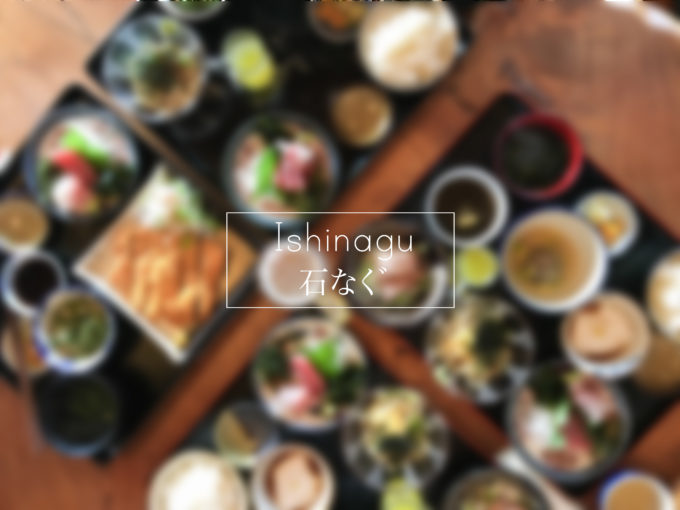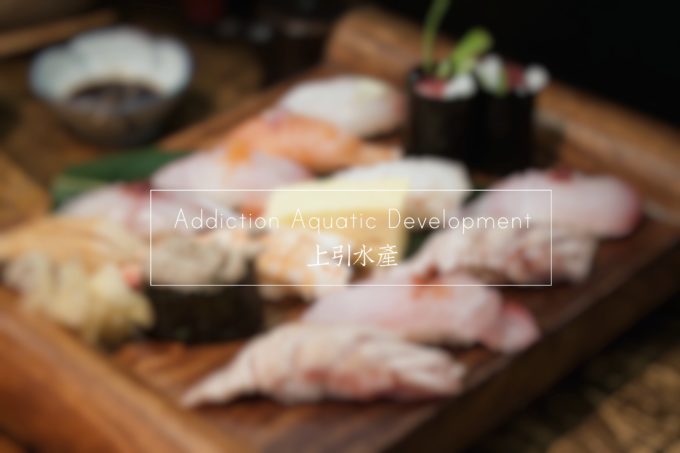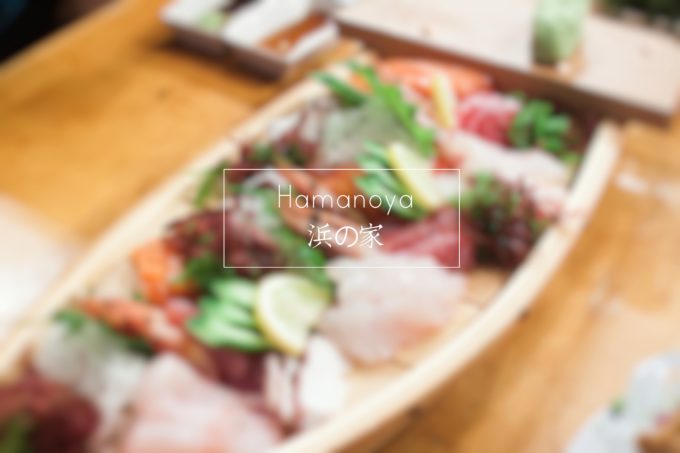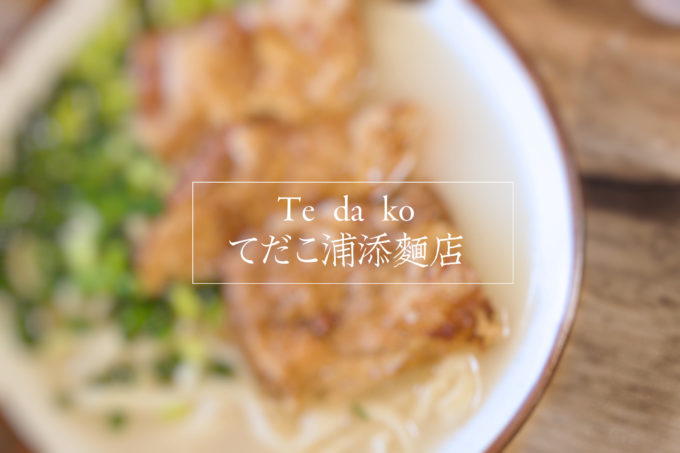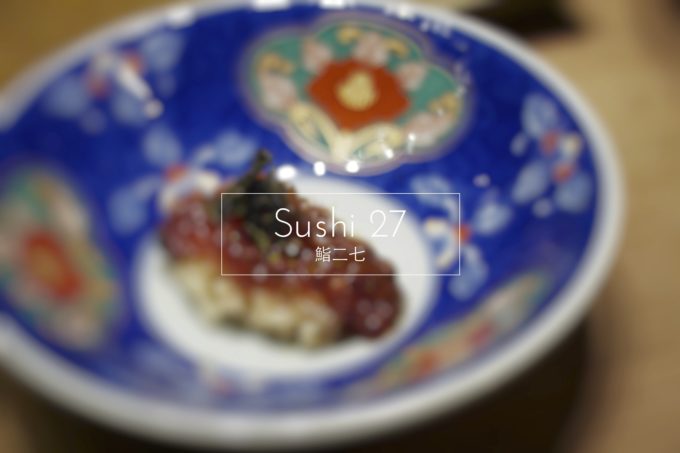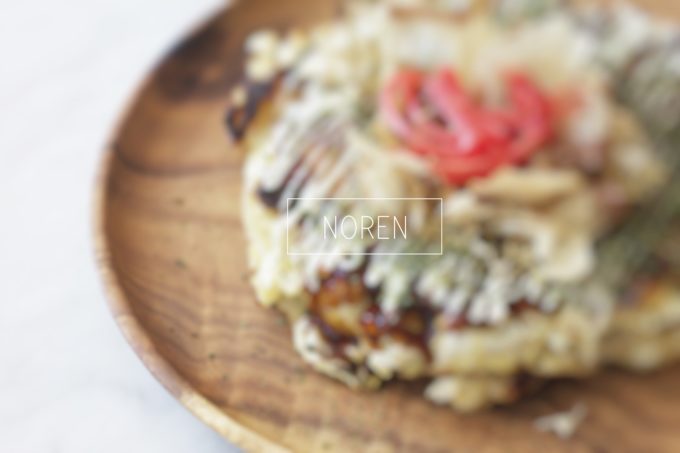[Recipe] Get Creative – Build Your Own Ramen
Last week, I watched a Japanese TV show, どっちの料理ショー (Dotch Cooking Show), and it was a special episode of 3 ramen masters competing for the title of best ramen in Japan. The show took the audiences step by step through the entire ramen making process. Making a perfect bowl of ramen consists of a lot of elements. Each step has to be taken care of meticulously, from the broth, noodles to toppings.


